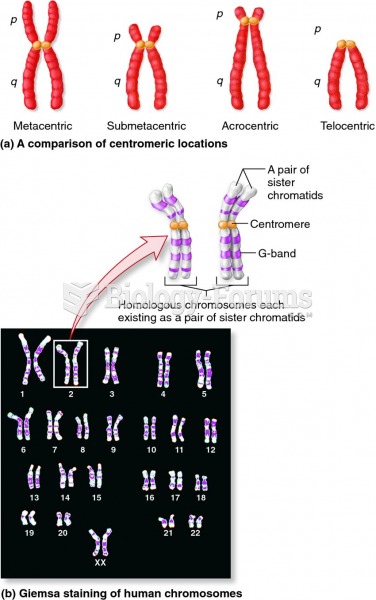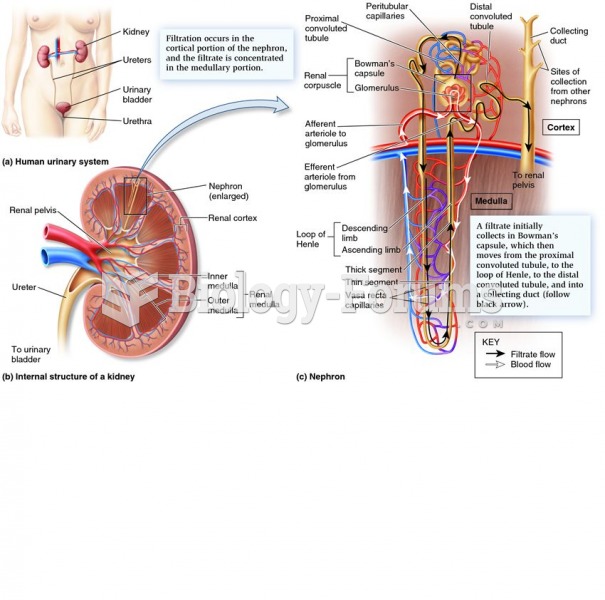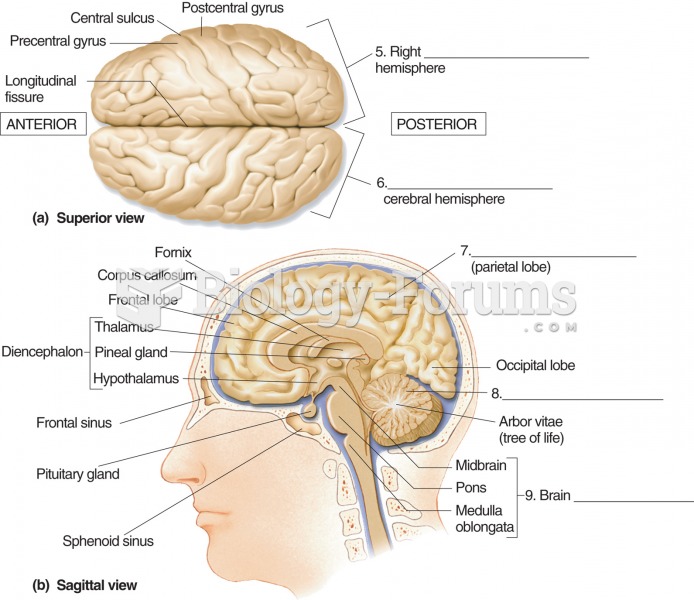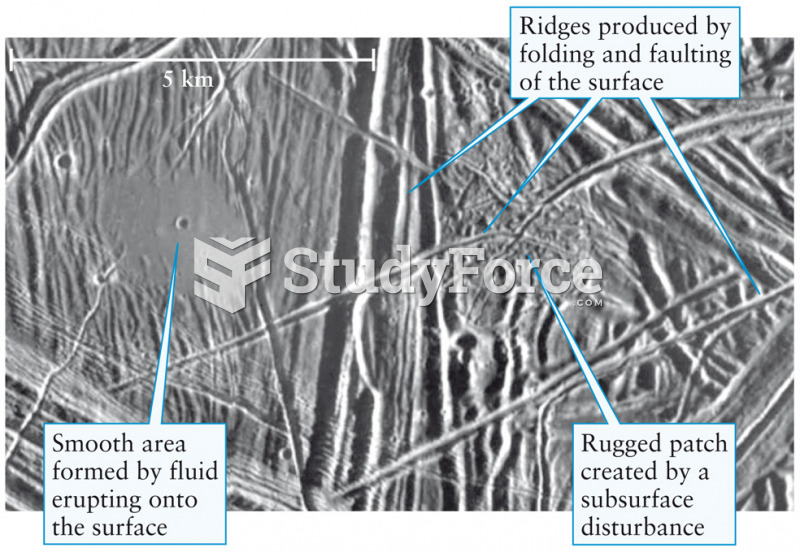Answer to Question 1
The global mid-ocean ridge is a continuous, fractured-looking mountain ridge that extends through all the ocean basins. The mid-ocean ridge results from sea floor spreading along divergent plate boundaries. The enormous mid-ocean ridge forms Earth's longest mountain chain, extending across some 75,000 kilometers (46,600 miles) of the deep-ocean basin. The width of the mid-ocean ridge averages about 1000 kilometers (620 miles). The mid-ocean ridge is a topographically high feature, extending an average of 2.5 kilometers (1.5 miles) above the surrounding sea floor. The mid-ocean ridge contains only a few scattered islands, such as Iceland and the Azores, where it peeks above sea level. Remarkably, the mid-ocean ridge covers 23 of Earth's surface. Segments of the mid-ocean ridge called oceanic ridges have a prominent rift valley and steep, rugged slopes, and oceanic rises have slopes that are gentler and less rugged. As explained in Chapter 2, the differences in overall shape are caused by the fact that oceanic ridges (such as the Mid-Atlantic Ridge) spread more slowly than oceanic rises (such as the East Pacific Rise).
Answer to Question 2
In 1952, Stanley Miller conducted a laboratory experiment where he exposed a mixture of carbon dioxide, methane, ammonia, hydrogen, and water (the components of the early atmosphere and ocean) to ultraviolet light (from the Sun) and an electrical spark (to imitate lightning) By the end of the first day, the mixture turned pink, and after a week it was a deep, muddy brown, indicating the formation of a large assortment of organic molecules, including amino acidswhich are the basic components of lifeand other biologically significant compounds. This demonstrated that organic molecules could have been produced in Earth's early oceans to become life's precursor molecules about 4 billion years ago.







